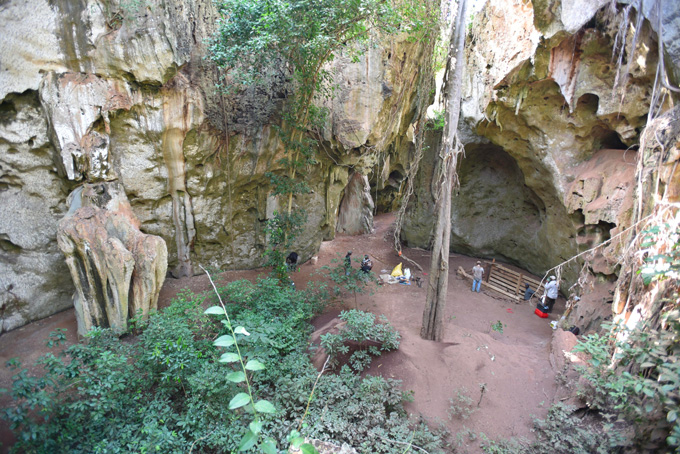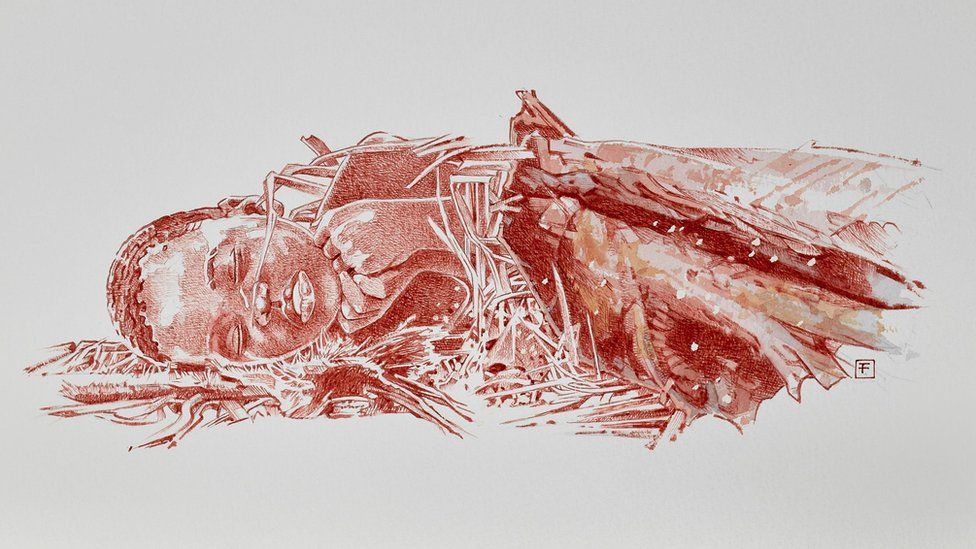Prehistoric Grief of Loss
"This is at the root of the symbolic mind that characterizes Homo sapiens.""The child was buried in a residential site, close to where this community lived, evincing how intimately life and death are related.""Only humans treat the dead with the same respect, consideration and even tenderness they treat the living [with]. Even when we die, we continue to be someone for our group.""[Ancient Homo sapiens and Neanderthals practised funerary behaviour], a type of behaviour that allows us to maintain links with those who died and offer a farewell."Maria Martinon-Torres, director, National Research Center on Human Evolution (CENIEH), Spain"This would likely have been a group act, perhaps by members of the child's family.""All of these behaviours are, of course, very similar to those observed in our own species today, so we can relate to this act even though the burial dates to 78,000 years ago."Nicole Boivin, archaeologist, director, Max Planck Institute for the Science of Human History, Germany
 |
Scientists revealed this week their finding of the oldest-known human burial in Africa. Not surprising in the sense that Africa is the continent where the human species arose. The burial site of a young child -- [estimated to be between 2-1/2 years of age and three when it died, its gender remains indeterminate] -- in a cave called Panga ya Saidi, near the coast of Kenya. The child's remains were given the name "Mtoto", translated from Swahili to English: "child".
 |
This virtual reconstruction shows the original position of a child’s bones in a Kenyan grave dug around 78,300 years ago, making it Africa’s oldest known human interment. Jorge González, Elena Santos |
The fragile skeleton was found buried in a shallow grave beneath the overhang of the cave. Its head rested on a 'pillow' with the upper torso carefully wrapped in a shroud, both pillow and shroud hypothesized to having been composed of dried, decayed vegetation. It is a discovery which the researchers claim sheds light on the development of early complex social behaviours in Homo sapiens.
Africa gave birth to the first Homo sapiens species over 300,000 years ago. A species which gradually, through migration, spread throughout the world. The archaeologist/researchers encased the decomposed bones in plaster after lifting them from the circular pit where they had lain over the vast space of millenna on end, to be taken to CENIEH for eventual study.
The skeletal remains were found in the grave placed in a flexed position, body on its right side, knees drawn toward the chest. A void left by the decay of a pillow composed of perishable vegetation that had collapsed caused the cranium and three neck bones to fall into the depression.
The researchers hypothesized from the position of a shoulder bone and two ribs that the upper body had been wrapped in similar perishable material -- after which the body was covered with earth dug up from the floor of the cave.
"The next oldest grave in Africa is about 74,000 years old. Interestingly, that was also a young child, but it was poorly excavated about 50 years ago, so we don't know much about it.""Here, there is definitely a sense of personal loss. It's evidence of people who had a more symbolic representation of the world around them."Dr Louise Humphrey, Natural History Museum, London
 |
| The scientists have named the child Mtoto, which means 'the kid' in Swahili Fernando Fueyo |
Labels: Archaeology, Burial, Homo Sapiens, Kenya, Loss, Social Culture

0 Comments:
Post a Comment
<< Home